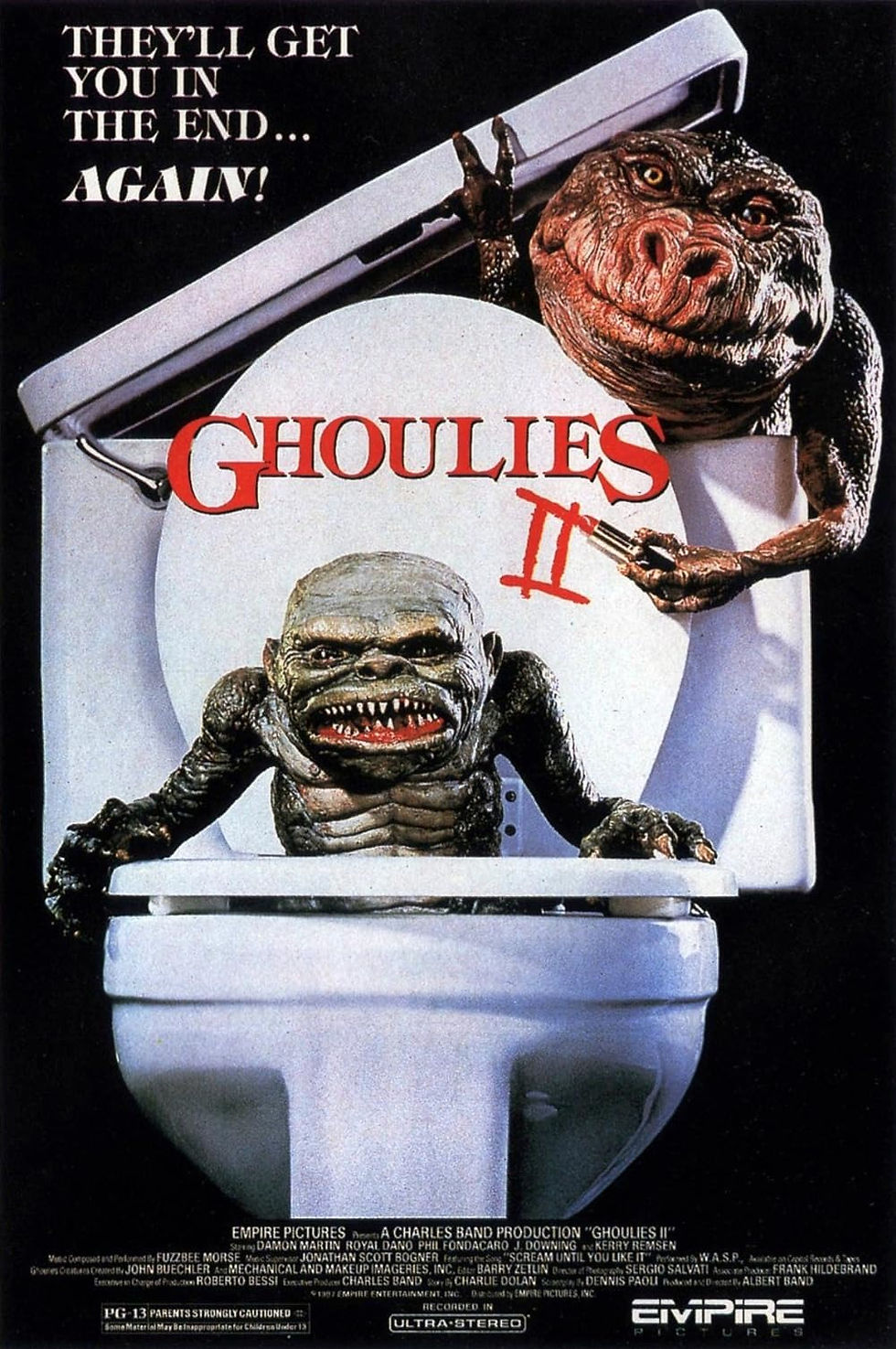The Anatomy of a Scare: Breaking Down Horror Movie and Story Techniques
- Allan Major

- Apr 13, 2024
- 3 min read

The musty scent of old celluloid hangs heavy in the air tonight. Not from a forgotten film reel, but from the echoing vaults of memory. As a seasoned scribe of the shadows, I've dissected more horrors than a mad surgeon, seeking the beating heart within the beast. Tonight, we embark on a different kind of post-mortem. Let's peel back the grimy layers of fear itself and examine the anatomy of a true scare.
A Symphony of Unease: The Role of Sound
Horror isn't all about what you see – it's about what you don't. Before the gnarled hand bursts from the earth, there's the pregnant silence, the off-kilter creak. A horror maestro understands that sound isn't just accompaniment, it's scalpel and suture. Think of it this way:
Discordant Delight: The screech of a violin, a baby's laughter played backward...these violate our expectations of pleasant sound, sending a primal shiver down the spine. Horror is the symphony of the uncanny.
Unnatural Silence: True terror knows when to shut up. Imagine the buzzing of flies ceasing abruptly, the way the world stills the moment before the wolf lunges. Silence becomes a gaping maw, far scarier than any scream.
Echoes From the Abyss: A distant wail in a darkened asylum corridor, the dripping in the unexplored depths of a cave...sound paints an environment of dread far wider than the boundaries of the screen.

The Slow Burn: Pacing and the Power of Anticipation
The greatest scares aren't cheap jump-outs. They're meticulously constructed, a tightening noose of tension. Picture this – the camera lingers on an empty rocking chair, the shadow on the wall growing monstrously long as the sun sets. This is the genius of the slow burn:
False Sense of Security: It's not constant shock that gnaws at our nerves, but that creeping suspicion that something is amiss. Let the audience settle into a scene, give them normalcy just long enough to make the intrusion of the abnormal even more chilling.
The Mind: Horror's Greatest Special Effect: Our imagination is our own worst enemy. A half-glimpsed figure in the mirror, the unexplained rustle in the bushes...it's the not-knowing that transforms ordinary objects into vessels of terror.
Pacing is Heartbeat: Restraint is key. If every second is a grotesque revelation, we become numb. Draw out the silence, make the audience ache for the inevitable payoff. The longer the wind-up, the more explosive the scare.
Creatures of the Unknown: Monsters, Madness, and the Unfathomable
The shadowy form at the edge of the frame, the voice whispering through static...horror loves to flirt with the unknown. Why? Because the unseen is infinitely adaptable to our deepest, most personal fears.
The Devil in the Details: True monsters aren't always fangs and tentacles. It might be the subtle wrongness of a doll's eyes, the too-wide smile on a stranger's face. These tap into the primal unease of the uncanny valley.
Shadows of the Mind: Not all horror is external. The descent into madness, the unreliable narrator – these turn the landscape inward, making it impossible for the audience to trust their own perceptions.
Cosmic Terror: The universe is vast and uncaring. There may be horrors out there far beyond our comprehension. That brush with the unknowable, the truly alien, shakes us to the existential core. It's why works like Lovecraft endure.

The Shock and the Aftermath: Lasting Scares
A cheap horror flick gives you a jolt, then fades. True terror lingers like a bruise. The greatest filmmakers know the scare isn't the end, it's the catalyst:
Violated Innocence: When safe spaces (a child's bedroom, a sunny summer camp) are corrupted, it leaves us feeling existentially unsafe. This is why horror so often fixates on the destruction of the familiar.
Lingering Questions: Some horrors are less about neat conclusions and more about disturbing implications. What was that creature? Does defeating the killer truly mean the evil is gone? This unease keeps you awake at night.
Bleed Effect: The best horrors seep into reality. After watching a slasher flick, every creaking floorboard becomes a threat. This shows that the scare has transcended the screen, leaving its mark on our psyche.
Conclusion: The Beautiful Agony of Fear
So, why do we crave this carefully-crafted terror? Why submit ourselves to this exquisite torment? Perhaps because horror, at its finest, is more than mere entertainment. It's a dance with the primal shadow self, an exploration of what lurks beyond the edges of our tidy, rational world. In that darkness, there's a strange and terrible kind of beauty waiting to be unveiled.







